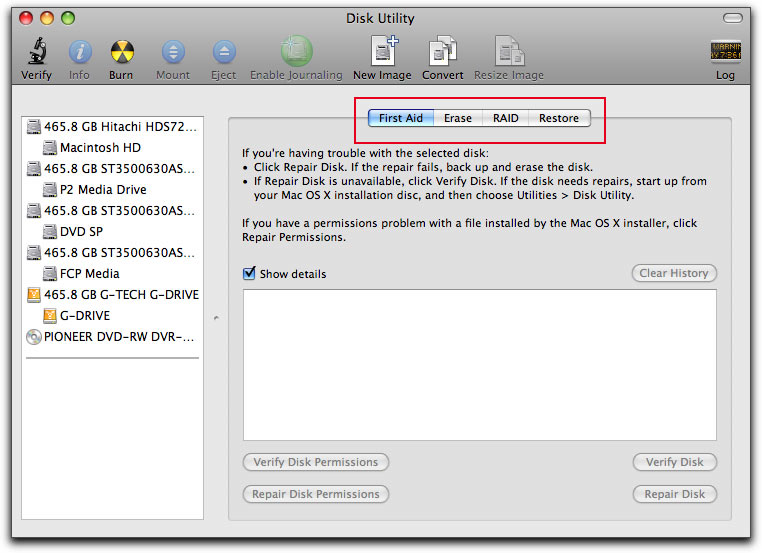How To Format A Hard Drive For Mac
- How To Reformat A Macbook
- How To Format A Hard Drive For Mac High Sierra
- How To Format A Hard Drive For Mac And Pc
Assign the name that will be given to the drive, and click on Erase. • When the Erasing process is completed, click on Done.
If there's no needed information within the drive, then click on Partition. If there is data on the drive that is needed or is not backed up, it will need to be copied to another location before proceeding. If ready, click on Finish. • The drive will indicate that it's Formatting for a few seconds, and once done, it will display as a Healthy (Primary Partition), and the drive will be available in the Computer area of Windows under the assigned drive letter.
How To Reformat A Macbook

Formatting an external hard drive or internal hard drive partition: Step 1: If you plan on formatting an external hard drive then make sure it’s plugged in an appears on your desktop. The instructions below are for Windows 10, but other versions of Windows from Windows 7 and up can also format an external drive as exFAT for use with Mac as well. Connect the drive to your. If you have more than one partition, on the hard drive, you may wish to remove these and return the hard drive to a single partition, first. From OS X Utilities, select Disk Utility. Select your Mac’s hard drive in the lefthand column, to reveal more options, then select the Partition button.
Photo by Sharon Vaknin/CNET If you need to expand your storage space with an external hard drive and you use both Mac and PC, you'll likely run into a few obstacles. Help me please mmd for mac. Hard drives advertised as being compatible with Windows and Mac OS may have misled you into thinking you could actually use one hard drive for both computers.
Double-click on it. • Step 5: Once in the folder, you’ll see an application named Disk Utility, double-click on it to launch the program.
How To Format A Hard Drive For Mac High Sierra
The problem is that on macOS, you can't work with files saved on an NTFS drive unless you use a paid app. How to Format an External Drive to Work with Mac (from NTFS to Mac OS Extended)? Note: The tutorial and screenshots below are based on macOS Sierra 10.12.5. They might be different if your Mac has a different version. Step 1: Open Disk Utility. The quickest way to do this is a simple Spotlight search (click the search icon on the upper right corner), or go to Applications > Utilities > Disk Utility.
Intel® Graphics Media Accelerator Driver for Windows* 7 64 (exe) This downloads and installs Intel® Graphics Media Accelerator version 15.12.75.4.64.1930 (8.) for the integrated graphics controller of Intel® chipsets for Windows* 7, 64-bit. Intel r g33 g31 express chipset family driver for mac os x. Graphics Drivers for Intel® G33 Express Chipset. Support information for Graphics Drivers for Intel® G33 Express Chipset. The Best Mobile Apps for Watching Video The Best Baseball Apps to Follow the MLB 2018 Season 9 Best Food Tracking Apps Get Healthy With the 9 Best Fitness Tracker.
When done, begin the New Simple Volume process again and select the remaining capacity, the unallocated space, for another 1TB partition. • Assign a drive letter to represent the volume being created, and click Next. By default, this is the next available letter. • Next is the File System, which controls how the data is read and written. Set the file system to exFAT, which is the default Windows file system, and leave the Allocation unit size to Default. The Volume Label field can be customized in order to give the volume a desired name, such as My Book or WD Black 1.
Double-click on it. • Step 5: Once in the folder, you’ll see an application named Disk Utility, double-click on it to launch the program.
How To Format A Hard Drive For Mac And Pc
Alternatively, you can opt for paid software like instead. Option 3: Create two partitions on your hard drive to use with each OS, separately. This solution is a little different than the previous two because instead of having one hard drive that works with both machines, you're splitting your HD into two sections, each dedicated to a different OS.
This how-to shows you the steps using Disk Utility 13 in OS X 10.10 Yosemite, but the process is the same if you’re using OS X 10.9 Mavericks or 10.8 Mountain Lion. Sometimes you want to wipe out all the data that’s on a hard drive or solid-state drive—erase it and start over. The best way to do this is to format the drive, which both erases the drive and prepares it for storing data by mapping out bad sectors, creating address tables for locating the data on the disk, and more.